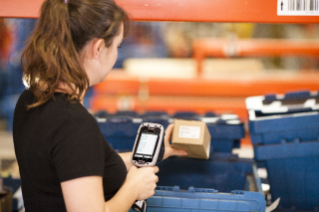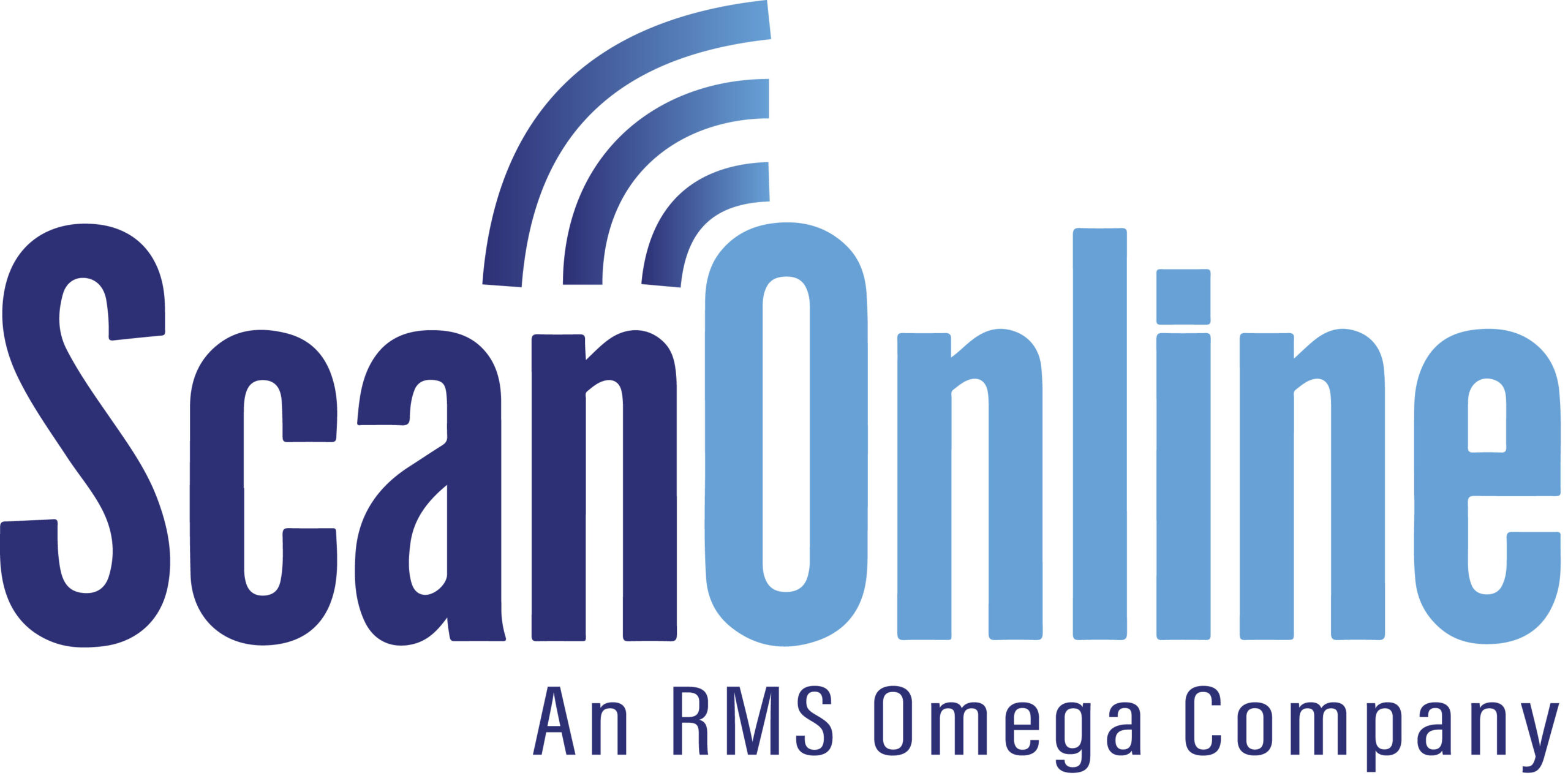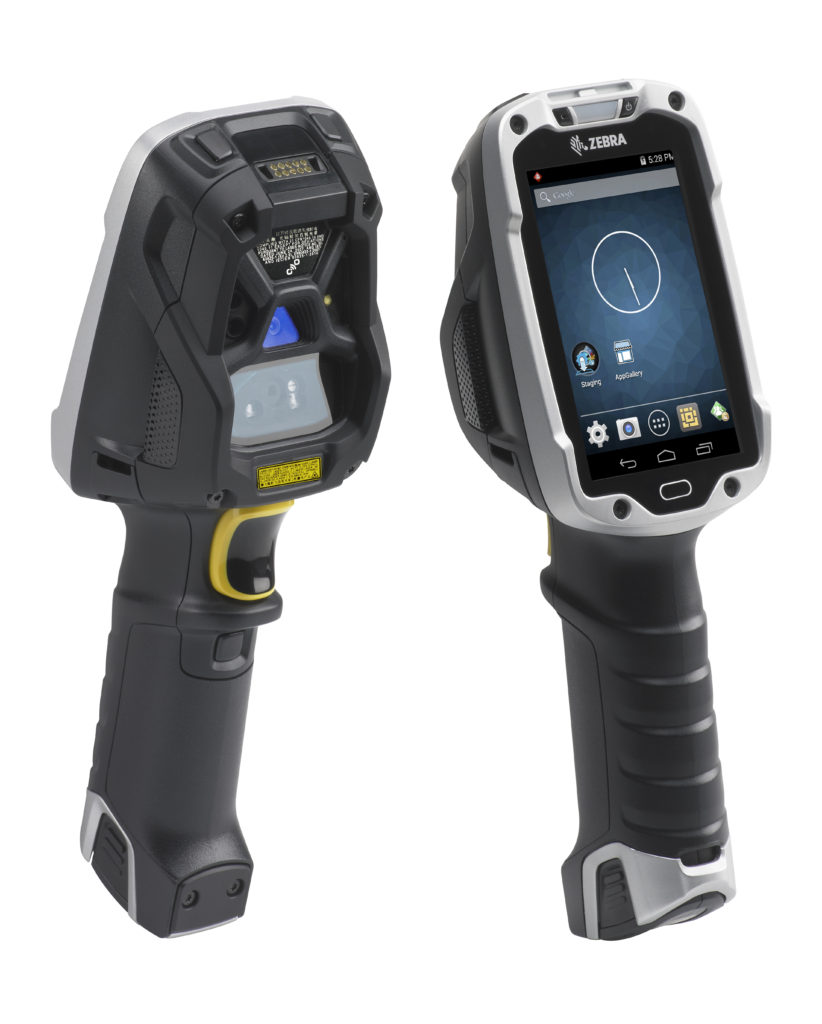Generally, a conversation about acquiring enterprise mobility technology related to operations may touch on a number of reasons in favor of it, and yes against it – some more critical than others in either regard. Yet, the chat will always circle back to what the returns on the overall investment will be, once you have agreed to make the move and invest in your future.
To quantify and answer the question properly, it sometimes can be a pretty stiff challenge to determine the true ROI with new equipment since a great mobile experience benefits your workers, your partners and your consumers alike. In the case of Zebra’s new TC8000, the early numbers yield 14% more productivity in the way of almost one extra hour of performance per worker in some cases. Clearly, this is not a discussion simply about
since a great mobile experience benefits your workers, your partners and your consumers alike. In the case of Zebra’s new TC8000, the early numbers yield 14% more productivity in the way of almost one extra hour of performance per worker in some cases. Clearly, this is not a discussion simply about
revenue versus cost.
So what should you be measuring when it comes to determining an accurate ROI, that also makes sense? Always remember, field mobility devices, rugged tablets and enterprise class mobile devices in general are only as strong as how they are received, configured and adapted to by employees. Here are a few points to think about:
Whenever you give your employees tools that allow them to work more efficiently, it can create a domino effect on both sides of your profit and loss sheets. While completing tasks with less effort grants an immediate productivity gain, it also gives your workers additional opportunities to assist others on their team. It also allows employees to consider doing cross-functional tasks (jobs outside of their daily responsibilities) that can help the whole organization.
From a sales or front office perspective, enterprise mobility empowers them with real-time information around the data taken from production departments, development teams and their other ancillary positions that utilize them. Better decisions can be made as businesses can now be more reactive to the many activities that happen within them, while being proactive to mitigate faults and downtime in their processes from the tendencies enterprise mobility tools can find.
Unique Corporate Insights
A pleasant side effect of equipping your employees with mobile connectivity is gaining a large amount of usage data on their actual preferences. By being able to physically see how fast tasks are completed and which tools employees seem to use the most often, it allows you to streamline future technology investments so that they are a perfect fit for your corporate culture.
 Continuous improvements will be made over time to the manual processes that do not utilize technology as well, since in many cases bringing in new workforce mobile devices creates a whole new way of thinking about every step and nuance of the entire business model to improve. How much raw material do we waste now? We go through how many boxes? What does this shift worker do vs his counterpart? Bringing any technology closes these gaps in reporting; the more workforce mobility is brought into the fold, the stronger the answers reports deliver are.
Continuous improvements will be made over time to the manual processes that do not utilize technology as well, since in many cases bringing in new workforce mobile devices creates a whole new way of thinking about every step and nuance of the entire business model to improve. How much raw material do we waste now? We go through how many boxes? What does this shift worker do vs his counterpart? Bringing any technology closes these gaps in reporting; the more workforce mobility is brought into the fold, the stronger the answers reports deliver are.
High Customer Satisfaction Rates
Another intangible that is often hard to calculate in actual dollars is levels of customer satisfaction- both before and after the sale. Even in the best cases when a system of reviews and surveys are conducted, those themselves can be flawed today. In many cases, they do not reflect honestly the organization for all its parts and on its best and worst days. Giving your consumers better access to your employees and your data will naturally make them more comfortable in doing business with you. Retail organizations, for example are embracing this through the rise of the Internet of Things (IoT) and in disclosing more real-time information on noteworthy updates from integrating enterprise mobility into their shops and websites. 
So even though it may not completely show on paper, mobility and customer satisfaction do go hand in hand.

